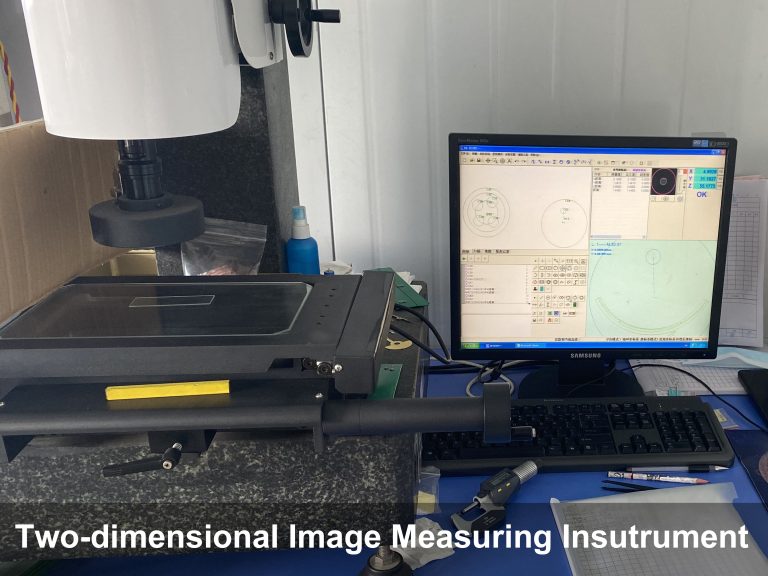Ensuring Precision and Reliability: Quality Control and Inspection in Metal Stamping Parts
Metal stamping is a critical manufacturing process used to create complex parts with precision and efficiency. Whether it’s for automotive, aerospace, electronics, or other industries, ensuring the quality of stamped metal parts is crucial to maintain product integrity and customer satisfaction. Quality control and inspection play a vital role in this process, helping to identify and resolve potential issues and ensure that the final stamped parts meet or exceed the required specifications.
Quality control in metal stamping starts with the selection of high-quality materials that meet the specified requirements for the stamped parts. This includes verifying the material type, thickness, hardness, and other mechanical properties. Raw materials are often tested using various methods such as spectroscopy, hardness testing, and chemical analysis to ensure their quality and consistency.
During the stamping process, inspection and monitoring are carried out at different stages to detect any defects or deviations. This may include visual inspection of the stamped parts for surface defects, dimensional inspection using precision measuring tools, and in-process checks to verify critical features such as hole diameters, bend angles, and part tolerances. Automated inspection techniques such as machine vision systems may also be employed to detect defects or inconsistencies that may be difficult to detect with the naked eye.
Statistical Process Control (SPC) is another common quality control tool used in metal stamping. SPC involves monitoring and analyzing process data to ensure that the stamping process is in control and capable of producing parts within the desired specifications. This may involve using control charts, process capability analysis, and other statistical techniques to track process performance, identify trends, and take corrective actions as needed to maintain quality standards.
In addition to in-process inspections, final inspection and testing are performed on the finished stamped parts to ensure their compliance with customer requirements. This may include checking the dimensions, surface finish, mechanical properties, and functional characteristics of the stamped parts against the specified tolerances and specifications. Non-destructive testing methods such as X-ray inspection, ultrasonic testing, and dye penetrant testing may also be used to detect internal defects in the stamped parts without causing damage.
Documentation and traceability are also important aspects of quality control and inspection in metal stamping. Detailed records of inspection results, process parameters, and other relevant data are maintained to provide traceability and facilitate root cause analysis in case of any quality issues. This data can also be used for continuous improvement efforts to identify areas of improvement and optimize the stamping process for better quality and efficiency.
In summary, quality control and inspection are crucial in metal stamping to ensure that the stamped parts meet the required specifications, are free from defects, and comply with customer requirements. From raw material inspection to in-process monitoring, final inspection, and documentation, a robust quality control system helps to ensure the precision, reliability, and consistency of stamped metal parts. By maintaining high quality standards throughout the metal stamping process, manufacturers can deliver reliable and high-quality stamped parts that meet the needs of their customers and uphold their reputation in the industry.

